Search
What are you looking for?

Welcome to the world of precision machining, where the choice of machining method is a pivotal factor in achieving impeccable results. In this blog, we will explore two leading contenders – CNC (Computer Numerical Control) machining and Swiss type machining. As we navigate their unique features and applications, you'll gain insights to help you make informed decisions for your specific project needs. Precision is not just a requirement; it's a strategic choice that can define the success of your endeavors. Let's dive into the intricacies of CNC and Swiss machining and unravel the secrets behind these precision techniques.
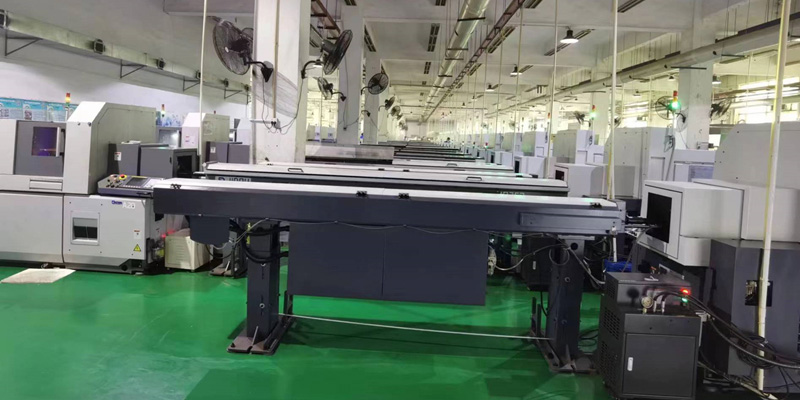
CNC (Computer Numerical Control) machining and Swiss machining are both precision manufacturing techniques, but they differ in key aspects:
1. Operation Principle:
CNC Machining: Utilizes computer-controlled tools to remove material from a workpiece. Suitable for a wide range of materials and geometries.
Swiss Machining: Specialized for small, complex, and high-precision parts. Employs a sliding headstock and guide bushing, allowing for simultaneous machining of multiple features.
2. Setup and Precision:
CNC Machining: Typically involves longer setup times, but it's versatile for various projects.
Swiss Machining: Setup is more complex, especially for intricate parts, but excels in producing highly precise components with minimal error.
3. Material Handling:
CNC Machining: More flexibility in handling various materials and geometries.
Swiss Machining: Primarily suited for small, slender parts, often used in medical and watchmaking industries.
4. Production Volume:
CNC Machining: Well-suited for both low and high production volumes.
Swiss Machining: Highly efficient for high-volume production due to simultaneous machining.
5. Tooling and Cutting:
CNC Machining: Tools move across the stationary workpiece.
Swiss Machining: The workpiece is stationary, and the tools move.
Choosing between CNC and Swiss machining depends on factors like part complexity, material, precision requirements, and production volume.
Swiss type machining, also known as Swiss screw machining or Swiss turning, is a highly specialized form of precision machining. Originating in Switzerland during the late 19th century for manufacturing precision watch components, it has evolved into a versatile method for producing small, complex, and high-precision parts. The defining characteristic is the use of a sliding headstock and guide bushing, enabling precise machining of long, slender workpieces with simultaneous control over multiple tools.

Swiss machining has its roots in Switzerland's watchmaking industry, where intricate components demanded unparalleled precision. Over time, it has expanded beyond watchmaking to industries like medical devices, aerospace, and electronics. Modern Swiss machines combine advanced technology with the original principles, allowing for intricate and efficient production.
Guide Bushing: A guide bushing provides support close to the cutting area, minimizing vibrations and enhancing precision, especially for long and slender parts.
Sliding Headstock: The sliding headstock enables the use of multiple tools simultaneously, reducing cycle times and increasing efficiency.
Bar Stock Feeding: Swiss machines often work with bar stock, allowing for continuous, lights-out machining for extended production runs.
1. High Precision: The guide bushing and sliding headstock combination ensures exceptional precision, making Swiss machining ideal for intricate and tight-tolerance components.
2. Efficiency in High-Volume Production: Simultaneous machining of multiple features and the ability to work with bar stock result in efficient production, making Swiss machining well-suited for high-volume manufacturing.
3. Reduced Material Waste: The use of bar stock minimizes material waste, contributing to cost-effectiveness.
4. Versatility in Material Handling: While initially developed for small parts in the watch industry, Swiss machining has expanded to handle various materials, including plastics, metals, and composites.
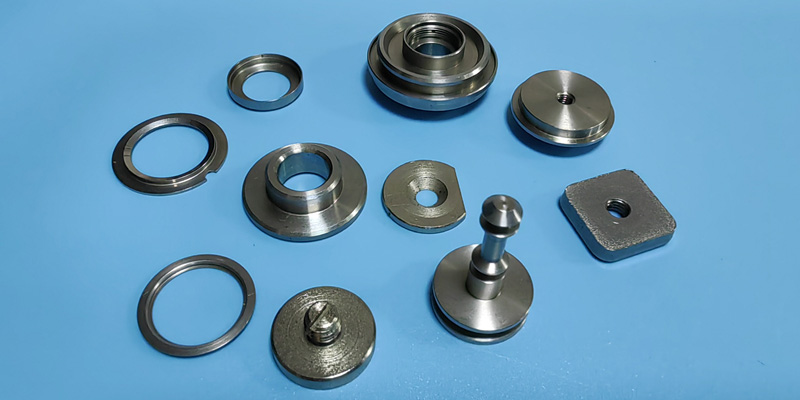
Swiss type machining stands out for its precision, efficiency in high-volume production, and versatility across materials, making it a preferred choice for industries demanding intricate, small-scale components.
Navigating the realm of precision machining leads to the crossroads of CNC and Swiss machining, two distinct methodologies with unique merits. CNC (Computer Numerical Control) machining, a versatile approach, utilizes computer-controlled tools for diverse applications, accommodating varying materials and part sizes. On the other hand, Swiss machining, born in the intricate world of watchmaking, specializes in high-precision, high-volume production of small, intricate components. As we delve into their nuances, we'll uncover the factors that set them apart, from operating principles to applications, aiding in the informed selection of the optimal machining method for specific project requirements.
1. Operating Principle:
CNC Machining: Utilizes computer-controlled tools to remove material from a stationary or rotating workpiece.
Swiss Machining: Employs a sliding headstock and guide bushing, enabling precise machining of long, slender workpieces with simultaneous control over multiple tools.
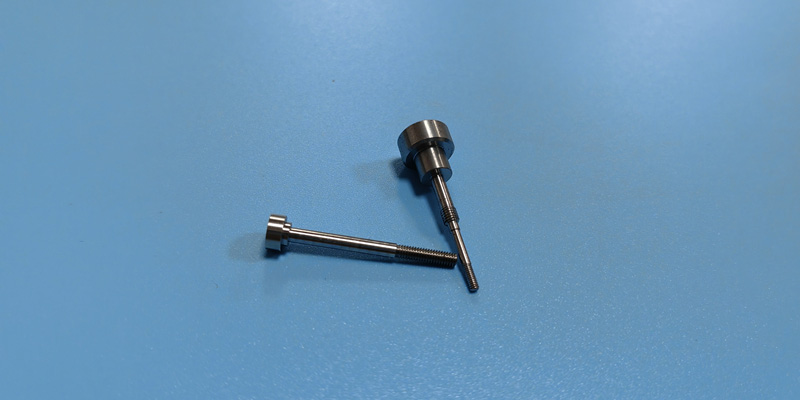
2. Part Size and Complexity:
CNC Machining: Versatile for a wide range of part sizes and geometries, from small to large components.
Swiss Machining: Specialized in producing small, complex parts, particularly long and slender components.
3. Material Handling:
CNC Machining: Flexible in handling various materials and geometries.
Swiss Machining: Primarily suited for small-diameter bar stock, excelling in materials like stainless steel, titanium, and other alloys.
CNC Machining:
Ideal for prototypes and small to medium production runs.
Commonly used in industries such as aerospace, automotive, and general manufacturing.
Suited for a broad range of materials and part sizes.
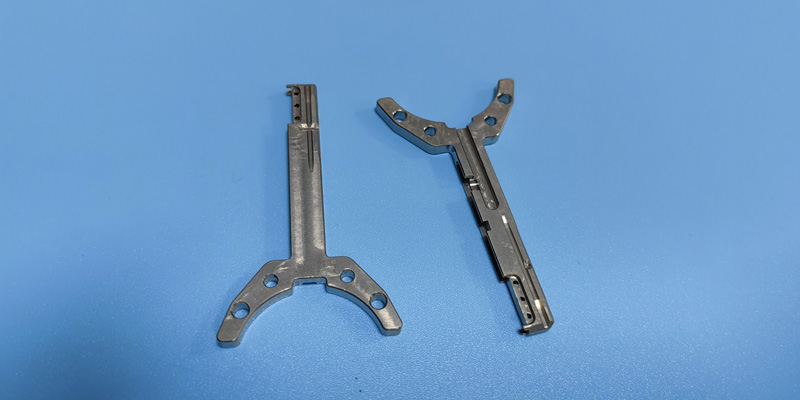
Swiss Machining:
Excelling in high-volume production of small, intricate parts.
Widely employed in industries like medical devices, watchmaking, and electronics.
Particularly effective for components requiring high precision and tight tolerances.
Speed:
CNC Machining: Generally offers faster setup times, making it suitable for rapid prototyping and small production runs.
Swiss Machining: High efficiency in high-volume production due to simultaneous machining, offering faster cycle times.
Precision:
CNC Machining: Capable of high precision, especially with modern equipment and tooling.
Swiss Machining: Known for exceptional precision, particularly in long, slender components, thanks to the guide bushing and reduced vibration.
Cost-Effectiveness:
CNC Machining: Often more cost-effective for smaller production runs and diverse part geometries.
Swiss Machining: Cost-effective for high-volume production due to reduced cycle times and minimized material waste with bar stock utilization.
While both CNC and Swiss machining offer precision, the choice depends on factors like part size, complexity, and production volume. CNC is versatile and cost-effective for various applications, while Swiss machining excels in high-precision, high-volume scenarios, particularly for small, intricate parts.
Navigating the decision between CNC and Swiss machining demands a thoughtful evaluation of your specific requirements. Here's a guide to help you make an informed choice:
1. Project Complexity:
CNC Machining: Opt for CNC if your project involves diverse geometries and varying part sizes.
Swiss Machining: Choose Swiss machining for intricate, small, and high-precision components, especially those with long, slender features.
2. Materials:
CNC Machining: Suitable for a wide range of materials, offering versatility for different projects.
Swiss Machining: Ideal for materials like stainless steel, titanium, and other alloys, especially in high-precision applications.
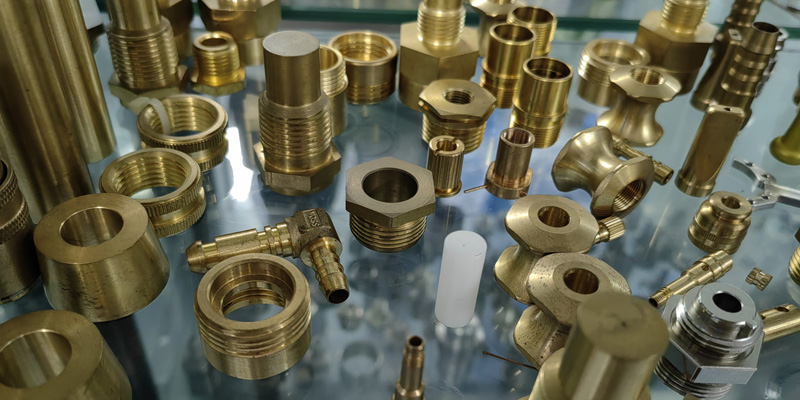
3. Production Volume:
CNC Machining: Suited for both low and high production volumes, offering flexibility.
Swiss Machining: Efficient for high-volume production due to simultaneous machining, reducing cycle times.
4. Setup Times:
CNC Machining: Generally has shorter setup times, making it suitable for rapid prototyping and smaller production runs.
Swiss Machining: Setup can be more complex but pays off in efficiency for larger production volumes.
5. Precision Requirements:
CNC Machining: Capable of high precision, especially with modern equipment and tooling.
Swiss Machining: Known for exceptional precision, particularly in long, slender components, thanks to the guide bushing and reduced vibration.
6. Cost Considerations:
CNC Machining: Often more cost-effective for smaller production runs and diverse part geometries.
Swiss Machining: Cost-effective for high-volume production due to reduced cycle times and minimized material waste with bar stock utilization.
Evaluate the specific needs of your project diligently. If versatility and adaptability are key, CNC machining may be the choice. For high-precision, high-volume requirements, Swiss machining excels. Consider the unique aspects of each method and weigh them against your project parameters to make the optimal choice for your machining needs.